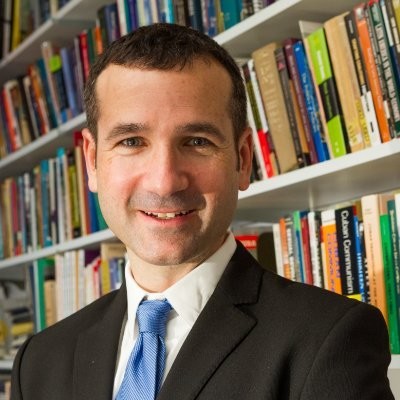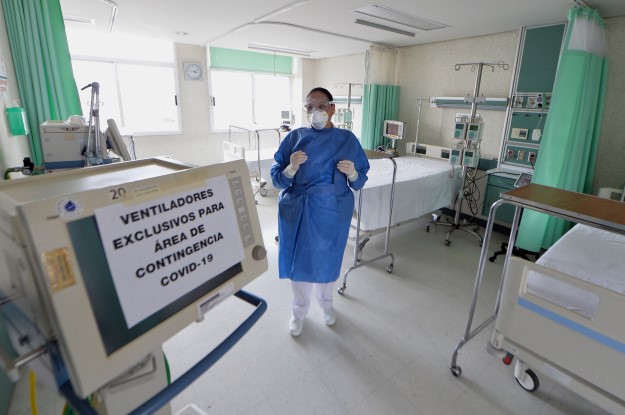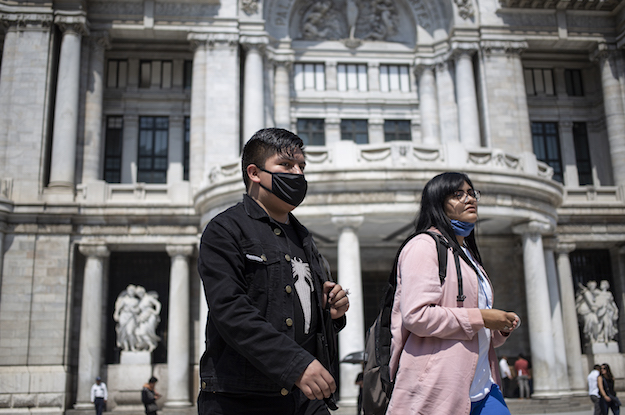Politics in many Latin American countries this year will be dominated by a theme that also dominated in 2017, and the years before: the drama of Prexit. By Prexit I mean efforts to escape the excessive influence of powerful presidents – not so much incumbent presidents, but rather former presidents.
Latin America has a serious problem with ex-presidents. Too many of them refuse to retire from politics. While some leave office in opprobrium (e.g., Carlos Salinas de Gortari in Mexico), many others linger with renewed vigor, doing all they can to influence the status quo, and worse, plotting a comeback.
These lingering ex-presidents invariably manage to stay influential not just within key institutions, but in the minds of voters. The Uribes, the Lulas, the Correas, the Zelayas, the Fujimoris, the Piñeras, and the Leonel and Cristina Fernándezes of Latin America end up leaving office, but they continue to have a spell on the nation. In some countries, even dead presidents—Castro, Chávez, Torrijos—feel like they never died.
Lingering ex-presidents prevent the nation from moving on. Thus, liberating countries from their influence is a collective good because it helps with leadership renewal. So I for one welcome the politics of Prexit.
But Prexit, like all purges, can be carried out ineptly, and in the process produce more harm than good.
In the recent past, the region has experimented with two Prexit models. The more common is to place new leaders in office who are open ideological rivals of ex-presidents. The other is to place ideological successors in office, and hope for some form of reformismo. Each approach has its own potential pitfalls.
In the early 2000s, the first model was associated with the pink tide. In more recent times, it is associated with Mauricio Macri in Argentina, Michel Temer in Brazil, and – until last month – Pedro Pablo Kuczynski (PPK) in Peru. These three incumbent presidents rose to power by campaigning openly as the country’s best hope to contain kirchnerismo, lulismo and fujimorismo.
The main risk with the first model is that it may not be enough to simply choose an ideological rival to save the country from ex-presidents. With time, sitting presidents might lose prestige across the electorate at a faster rate than ex-presidents.
In Peru, this asymmetrical rate of prestige erosion reached crisis levels in 2017, with PPK coming close to impeachment in the hands of Fujimorismo. So PPK chose the worst response to Prexit. To save his own presidency, he struck a deal with the devil. He made a dismal deal with one branch of fujimorismo to grant an indulto, or pardon, to the ex-president himself. This approach went south instantly because it angered PPK’s base, already weak to begin with. It is the worst approach to Prexit because it is the very betrayal of it.
In the case of Temer, the mistake has been to attempt excessive erasure. For Temer, containing lulismo seems to require abolishing as many Lula-supported policies as possible, even those that work. He has also engaged in obstruction of justice, to erase accusations of corruption leveled against him. Whereas PPK offered an indulto to an ex-president, Temer seems to like self-indultos. The problem with this approach, as with all forms of extremism, is that it re-polarizes the nation and, in the process, strengthens the other side, which is the very same force you are trying to weaken.
Only Macri has had some success with Prexit. The year ended with his numbers up and Cristina’s down. This better result is due in part to Macri’s decision to wage his war against kirchnerismo by being selective – preserving important policies of the 2000s, especially social programs, and focusing only on a few, select changes. If he avoids the temptation to engage in manipulating justice, to either imperil kirchneristas or save his allies, Macri may end up being Latin America’s most far-reaching “Prexiter.”
The second model—rejection of ex-presidents by members of the same ideological family—has been the dominant theme in Colombia since 2010 under Juan Manuel Santos, and it became the dominant theme in Ecuador last year under Lenín Moreno.
Santos was Uribe’s defense minister. He was so loyal to the cause that Uribe saw him as the best promise for continuismo, choosing him as successor. But once in office, Santos decided, to everyone’s shock, that Colombia needed less rather than more uribismo – less war and more peace with the FARC.
Likewise, Moreno was chosen by Correa to guarantee continuismo, but once in office, he too concluded that Ecuador needed less rather than more correísmo: less antagonism toward dissent, less impunity for loyalists and more reconciliation.
For the most part, the Santos administration has had some success with Prexit. Santos has managed to rescue his peace deal against Uribe’s efforts to kill it, and it’s not clear that Uribe’s forces will win in the 2018 presidential elections. So Moreno could turn to Colombia for a lesson or two on the politics of within-the-family Prexit.
The Prexit Do’s and Don’ts
First, do focus on ending the re-election rule. Santos did this. Moreno has said he wants to do this. It’s a good idea. While this change alone is not enough to stop ex-presidents from meddling, it does block their re-growth potential, namely, by precluding their ultimate goal of returning to power. In 50 percent of cases where alternate re-election is allowed, ex-presidents manage to return to power, so changing this rule is vital.
Second, do build a cross-ideological coalition, but still anchored in your camp. Santos realized, especially toward his re-election in 2014, that it was important to have alliances with parties from the other side of the spectrum, so he joined forces with the left. Yet, he still maintained an anchor on the ideological side of the target ex-president as well, that is, the right. He thus populated his cabinets with conservatives, as long as they were anti-uribistas.
Third, as with Macri, do preserve some legacies. Santos did not reject every aspect of uribismo. He picked his fights carefully, choosing to focus on a few major changes (e.g., the peace agreement), but leaving other aspects of uribismo, especially in economics, intact. The problem for Moreno is that he will need to tinker with the economy more than Santos had to, since he inherited an economy in shambles. So he will need to look outside economics for policies worth preserving.
Despite many smart moves, not all went well for Santos. The politics of within-the-family Prexit have their own special challenges that test even the most skilled presidents. The key challenge was explained by political scientist Susan Stokes almost two decades ago: policy-switching generates automatic declines in political capital. When a president betrays a campaign promise – in this case, the promise to carry the torch from a predecessor – they disappoint two groups: those who wanted continuismo, and those who wanted real change, with the latter never becoming convinced that you are a true convert.
So even when conducted with finesse, policy switching breeds discontent. And in the case of Santos, policy switching was not always conducted with finesse. For instance, Santos was not that adept at cultivating his cross-ideological coalition after it was formed. This became clear with the peace agreement. The conservative side of his government (e.g., Vice President Germán Vargas Lleras, now a presidential candidate) never fully embraced the accords, and the left side did not feel incentivized enough to mobilize the vote.
Latin America needs to liberate itself from the influence of overbearing ex-presidents. Success is possible, but the process is long and fraught with risks. Boldness is needed, but also selectivity. Paradoxically, the safest way to curtail the lingering spell of ex-presidents may very well require preserving some of their legacy.
—
Corrales is professor of political science at Amherst College and member of the editorial board of Americas Quarterly.









